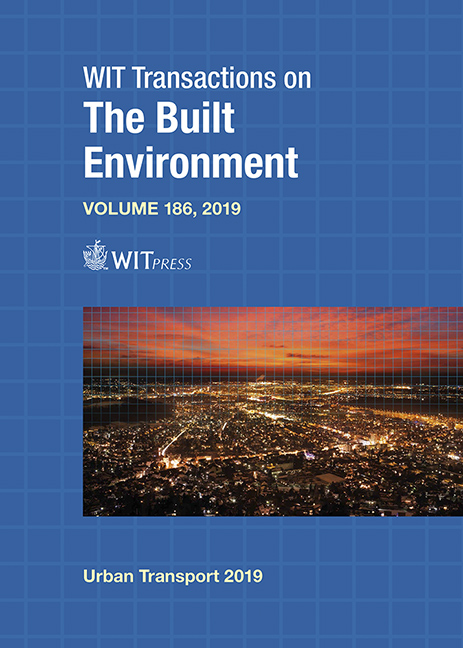WALKABLE GREEN CITIES IN MEDITERRANEAN COUNTRIES: CITY OF ALEXANDRIA, EGYPT
Price
Free (open access)
Transaction
Volume
186
Pages
11
Page Range
109 - 119
Published
2019
Size
1,749 kb
Paper DOI
10.2495/UT190101
Copyright
WIT Press
Author(s)
MENNA M. IMAM, ALI F. BAKR, ZEYAD EL-SAYAD
Abstract
Walking is a safe, accessible and pleasant mode of transport. It is a measure of how friendly, healthy and liveable the countries are, in addition to providing many social, environmental, and economic benefits. Walkability is considered as an important element in assessing cities to be green and sustainable. People in the Mediterranean countries, where their cities have narrow streets, which are difficult to access, not always with easy services, have similar cultures and traditions such as the habit of daily walking. A significant number of daily trips are made by foot. However, the walking environment in Alexandria city is limited, unsafe and inconvenient. Mainly, pedestrians are secondary to vehicles causing transportation congestion, pollution, source depletion and increasing statistics of obesity. Therefore, this paper is a chance to find solutions for decreasing the number of vehicles in the streets by converting the short trips into walking tours. This paper proposes to establish a new theoretical basis for walkable green city (WGC) indicators to measure the walkability and the greenness in Mediterranean countries. The case study was conducted on Ramleh Station district in the city centre of Alexandria city with analytical analysis using geographic information system program (GIS). The results showed that the study area is not considered as a walkable green district, despite the fact that it has many potentials that could be exploited. Briefly, the results help to prove that WGC indicators are able to measure how walkable and green any Mediterranean country is.
Keywords
walkability indicators, green city indicators, walkable Mediterranean countries, pedestrian walking paths, walkability index





